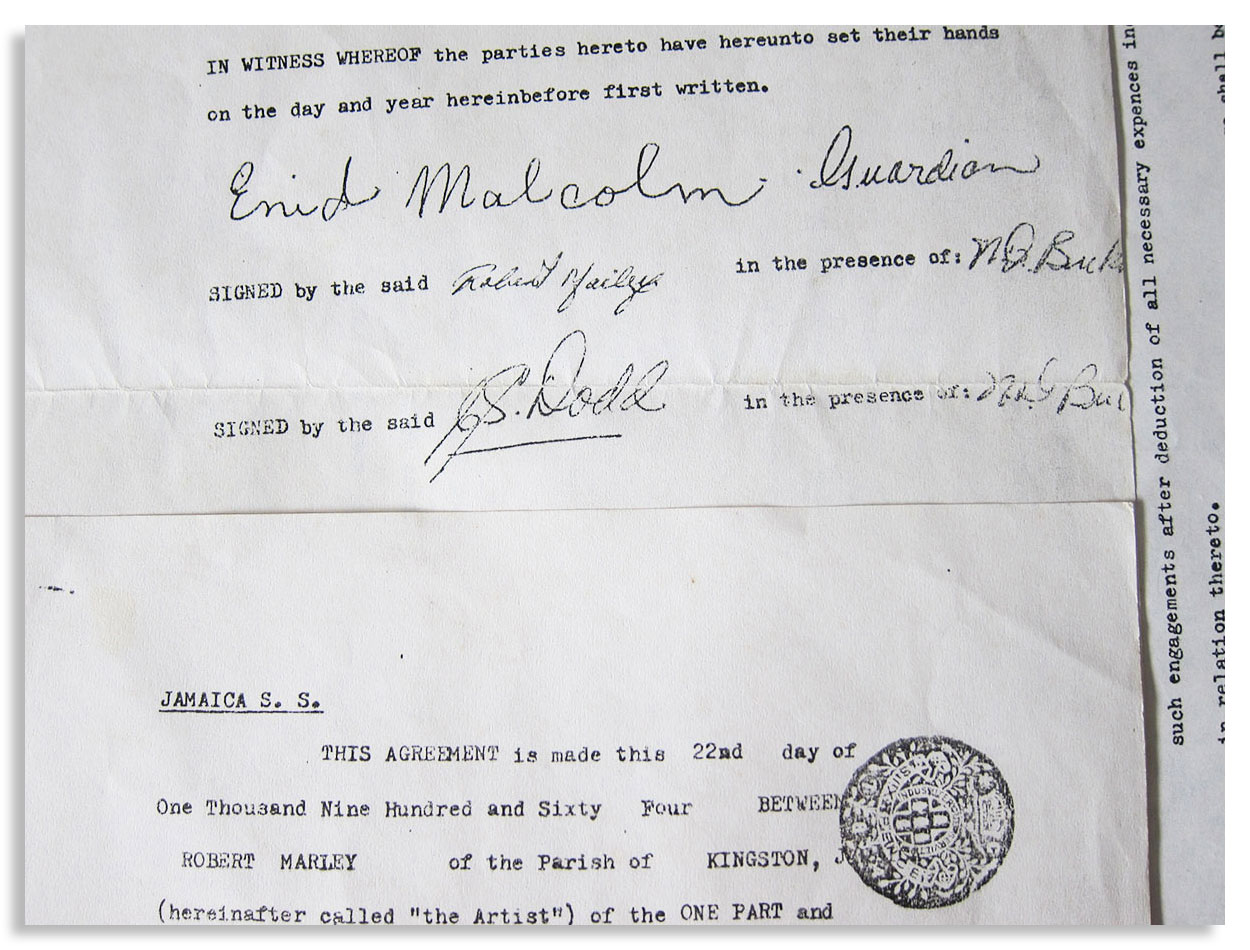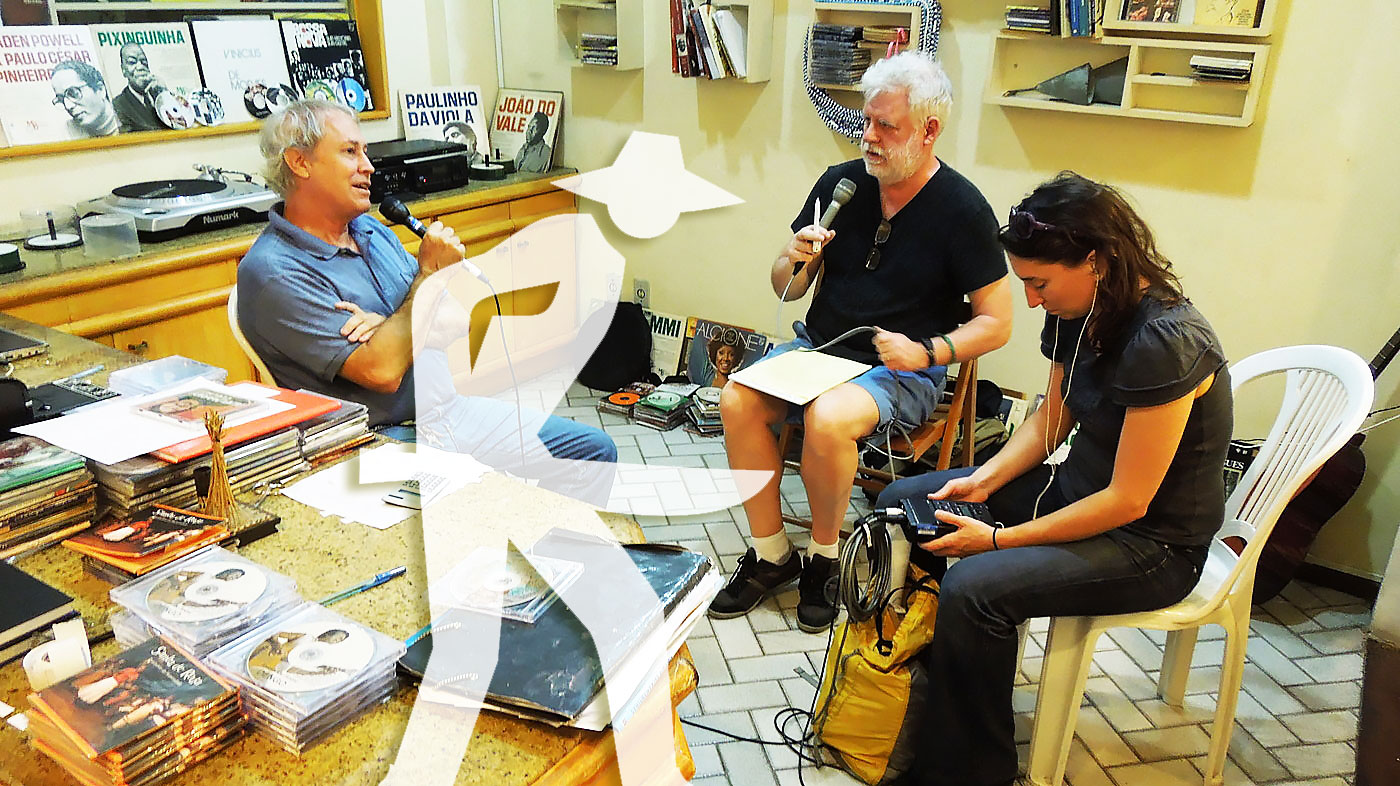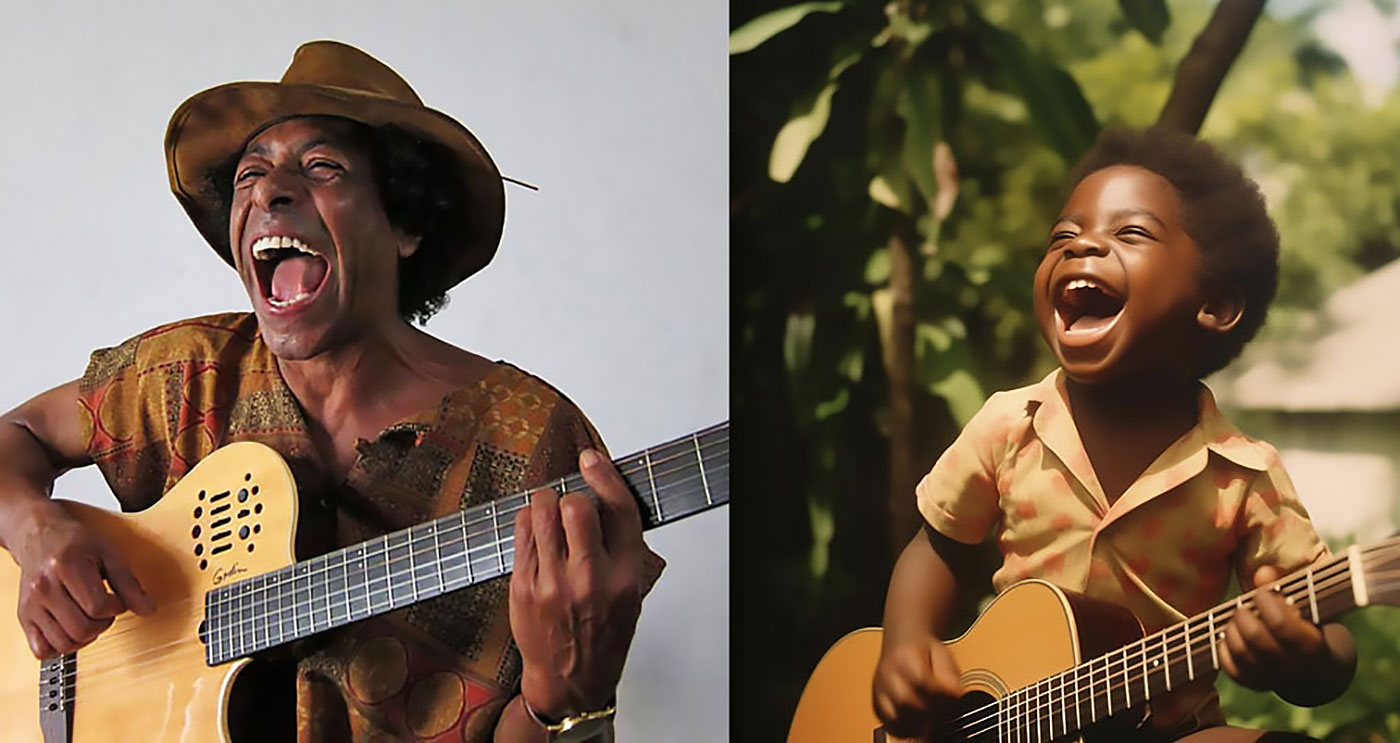CURATION
- from this page: by Matrix
Network Node
- Name: Jura Margulis
- City/Place: Vienna
- Country: Austria
- Hometown: St. Petersburg, Russia
Life & Work
-
Bio:
Concert pianist, recording artist, master teacher, and author Jura Margulis has been internationally recognized for his compellingly communicative and emotionally charged performances, as well as for the range of his expressive tonal palette and his consummate transcendental virtuosity. Reviewers have praised the “absolute authority” of his interpretations and the sense of “controlled obsession” he transmits at the keyboard (Fono Forum). The Frankfurter Allgemeine Zeitung noted that his aesthetic is both “impulsive and contemplative.” The Los Angeles Times praised his “excellent pianism” and called him “highly musical”. The Washington Post applauded his “titanic reserves of sheer power” and his “effortless spontaneity.” The Fort Worth Star-Telegram called his performance “… the perfect Beethoven for the audience of our time … sweeping lyricism … imagination, originality, and good taste pervaded every phrase.” In August of 2011 Drehpunkt Kultur in Salzburg stated: “After the performance one fleetingly thinks of the pianists that became legends, but comparisons are impermissible. Margulis is a master sui generis (of his own kind).”
His orchestral appearances include performances with the Russian National Orchestra at the Hollywood Bowl, the Montreal Symphony Orchestra under Charles Dutoit, the Südwestrundfunk Orchestra, the Memphis Symphony Orchestra, the National Orchestra of Venezuela, the Thailand Philharmonic Orchestra, the Prague Symphony Orchestra, the Shenzhen Philharmonic Orchestra, and the Orchestra della Svizzera Italiana. He has played in numerous festivals, including the Schleswig Holstein Musik Festival, the Berliner Festwochen at Berlin Philharmonic Hall, the Verbier, the Lugano, and the Sommets du Classique Festivals in Switzerland, the Argerich-Beppu Music Festival in Japan, and the Salzburger Festspiele in Austria. In his younger years Margulis won prizes in more than a dozen international competitions, including Busoni in Italy and Guardian in Ireland. He is also a recipient of the esteemed Pro Europa prize awarded by the European Foundation for Culture.
Active as a chamber musician, Margulis is a founding member of the Margulis Family Trio and performed with, among others, Dmitry Sitkovetsky, Lilya ZIlberstein, Alissa and Natalia Margulis, Alexander Buzlov, Arnold Bezuyen, the soloists of the Moscow Virtuosi, members of the Chicago Symphony Orchestra, and the Moscow String Quartet. He has also concertized with Martha Argerich on two pianos in Germany, Switzerland, Japan, and the USA. Recent years have brought him to New York, Chicago, Los Angeles, St. Louis, Dallas, Cincinnati, Salt Lake City, Little Rock, Tulsa, Carmel, Austin, Phoenix, San Jose, Minneapolis, Memphis, and New Orleans, as well as to Frankfurt, Düsseldorf, Hamburg, Elmau, Berlin, Bologna, Bruxelles, Bayreuth, Budapest, Bangkok, Barcelona, Beijing, Paris, Cape Town, Madrid, Yerevan, Warsaw, Aix-en-Provence, Almaty, Ankara, Lugano, Jerusalem, Tel Aviv, Tbilisi, Thessaloniki, Tokyo, Tallin, Hong Kong, Sapporo, Seoul, Shenzhen, Salzburg, Vienna, Moscow, and St. Petersburg.
Margulis has recorded ten CDs for Sony, Ars Musici, and Oehms Classics, covering a wide spectrum of repertoire. These recordings have attracted significant attention, including selection as a “reference recording” by Fono Forum, and inclusion on the “Bestenliste” of the Deutschen Schallplattenkritik (German Recording Review). His CD featuring piano transcriptions of music from Bach to Caplet (2007), received 10 out of 10 for “artistic quality” from KlassikHeute. The accompanying review stated: “not since Horowitz’s old RCA recording have I encountered a performance of Saint-Saens’ Danse Macabre that so grippingly leaps from the stage, as here in Jura Margulis’ own transcription.” The review also noted that Margulis’ own transcription of a little-known piece by André Caplet “should, like Ravel’s own transcription of his La Valse, claim a place in the repertoire of young pianists.” Klassik.com, also giving the CD its highest rating, raved that Margulis “cannot be praised enough.” Margulis’ Bach, Beethoven, Brahms, Berg solo CD was released in fall of 2009; All Music Guide writes: “This CD is one of the best played, best interpreted, best programmed recitals of piano music of the year”. In 2011 Margulis released a CD with the complete Liszt violin and piano duo repertoire with his sister Alissa Margulis. In 2012 a CD with Schumann’s Dichterliebe in original version and Berg’s Seven Early Songs with tenor Arnold Bezuyen was released. In 2014 Margulis released an all Schubert con Sordino CD on a MSP Steingraeber D-232 prototype. Fono Forum writes: “Margulis plays (Schubert) with an enthusiasm, a sensitivity, and a creative imagination that are near incomparable.” The MSP website, www.MargulisSordinoPedal.com, states: “The Margulis Sordino Pedal is a quantum leap for the dynamic (volume) and spectral (color) expressive palette of the modern concert grand piano.” In 2015 his latest CD was released with all original transcriptions of music form Bach to Shostakovich on the MSP Steingraeber D-232 including a piano duo with Martha Argerich of Night on Bald Mountain by M. Mussorgsky, also in Margulis’ original transcription – “… astonishing …” Piano News; “… demonic … a brilliant achievement … ” Pianiste. Over 50 titles from his CDs can be found on iTunes.
Jura Margulis’s father and grandfather were pianists and pedagogues and methodical piano pedagogy is an integral part of his artistic vision. He holds master classes in the US, Germany, Austria, Italy, Switzerland, Spain, Portugal, Hungary, Slovenia, Estonia, Armenia, Israel, Russia, Korea, China, and Japan. He is the author of Pianist To Pianist, a weblog of thoughts, observations, research, methodology, rules, exceptions, aphorisms, concerns, and secrets from Pianist to Pianist, published as a book in 2019 by EmanoMedia, Switzerland. Jura Margulis is regularly invited as a judge in international piano competitions, most recently in the ARD Music Competition in Munich and the World Piano Competition in Cincinnati.
Born in St. Petersburg, Russia, Jura Margulis was raised in Germany, where he studied with his father, Vitaly Margulis, at the Musikhochschule Freiburg. He was also a student at the prestigious Fondazione per il Pianoforte in Cadenabbia at Lake Como in Italy. In 1994 he moved to the United States to study with Leon Fleisher at the Peabody Conservatory in Baltimore and made the US his home. 2008 Jura became the inaugural holder of the Emily J. McAllister Endowed Professorship in Piano at the J.W. Fulbright College of the University of Arkansas. In 2018 Jura returned to Europe following an appointment as professor of piano and member of the Institute of Science and Research at the Music and Art University in Vienna, Austria.
Contact Information
- Email: [email protected]
-
Address:
Johannesgasse 4a
1010 Vienna
Austria
Media | Markets
- ▶ Website: http://www.juramargulis.com
- ▶ YouTube Music: http://music.youtube.com/channel/UCd1xoS5YE5ca328tGSTTyLg
- ▶ Spotify: http://open.spotify.com/album/5tRvikIaN9SBNxAhHHCrgI
- ▶ Spotify 2: http://open.spotify.com/album/4Y18jS6fc3MRqAXNYNKhtX
- ▶ Spotify 3: http://open.spotify.com/album/4oetPxYoYAX7e5OiosEsCX
- ▶ Spotify 4: http://open.spotify.com/album/6XIdCHZAZy2Scek8hGMAob
- ▶ Spotify 5: http://open.spotify.com/album/2pXNOpdZOA8IGBmeBSvTEK
The Matrix is a small world network. Like stars coalescing into a galaxy, creators in the Matrix mathematically gravitate to proximity to all other creators in the Matrix, no matter how far apart in location, fame or society. This gravity is called "the small world phenomenon". Human society is a small world network, wherein over 8 billion human beings average 6 or fewer steps apart. Our brains contain small world networks...
![]() Wolfram MathWorld on the Small World Phenomenon
Wolfram MathWorld on the Small World Phenomenon
![]() Matemática Wolfram sobre o Fenômeno Mundo Pequeno
Matemática Wolfram sobre o Fenômeno Mundo Pequeno
"In a small world, great things are possible."

It's not which pill you take, it's which pathways you take. Pathways originating in the sprawling cultural matrix of Brazil: Indigenous, African, Sephardic and then Ashkenazic, European, Asian... Matrix Ground Zero is the Recôncavo, contouring the Bay of All Saints, earthly center of gravity for the disembarkation of enslaved human beings — and the sublimity they created — presided over by the ineffable Black Rome of Brazil: Salvador da Bahia.
("Black Rome" is an appellation per Caetano Veloso, son of the Recôncavo, via Mãe Aninha of Ilê Axé Opô Afonjá.)
"Dear Sparrow: I am thrilled to receive your email! Thank you for including me in this wonderful matrix."
—Susan Rogers: Personal recording engineer for Prince, inc. "Purple Rain", "Sign o' the Times", "Around the World in a Day"... Director of the Berklee Music Perception and Cognition Laboratory
"Thanks! It looks great!....I didn't write 'Cantaloupe Island' though...Herbie Hancock did! Great Page though, well done! best, Randy"
"We appreciate you including Kamasi in the matrix, Sparrow."
—Banch Abegaze: manager, Kamasi Washington
"This is super impressive work ! Congratulations ! Thanks for including me :)))"
—Clarice Assad: Pianist and composer with works performed by Yo Yo Ma and orchestras around the world
"Dear Sparrow, Many thanks for this – I am touched!"
—Julian Lloyd-Webber: UK's premier cellist; brother of Andrew Lloyd Webber (Evita, Jesus Christ Superstar, Cats, Phantom of the Opera...)
"Thanks, this is a brilliant idea!!"
—Alicia Svigals: World's premier klezmer violinist
Developed here in the Historic Center of Salvador da Bahia ↓ .
![]() Bule Bule (Assis Valente)
Bule Bule (Assis Valente)
"♫ The time has come for these bronzed people to show their value..."
Production: Betão Aguiar
MATRIX MODUS OPERANDI
Recommend somebody and you will appear on that person's page. Somebody recommends you and they will appear on your page.
Both pulled by the inexorable mathematical gravity of the small world phenomenon to within range of everybody inside.
And by logical extension, to within range of all humanity outside as well.
MATRIX (PARDAL)
I'm Pardal here in Brazil (that's "Sparrow" in English). The deep roots of this project are in Manhattan, where Allen Klein (managed the Beatles and The Rolling Stones) called me about royalties for the estate of Sam Cooke... where Jerry Ragovoy (co-wrote Time is On My Side, sung by the Stones; Piece of My Heart, Janis Joplin of course; and Pata Pata, sung by the great Miriam Makeba) called me looking for unpaid royalties... where I did contract and licensing for Carlinhos Brown's participation on Bahia Black with Wayne Shorter and Herbie Hancock...
...where I rescued unpaid royalties for Aretha Franklin (from Atlantic Records), Barbra Streisand (from CBS Records), Led Zeppelin, Mongo Santamaria, Gilberto Gil, Astrud Gilberto, Airto Moreira, Jim Hall, Wah Wah Watson (Melvin Ragin), Ray Barretto, Philip Glass, Clement "Sir Coxsone" Dodd for his interest in Bob Marley compositions, Cat Stevens/Yusuf Islam and others...
...where I worked with Earl "Speedo" Carroll of the Cadillacs (who went from doo-wopping as a kid on Harlem streetcorners to top of the charts to working as a janitor at P.S. 87 in Manhattan without ever losing what it was that made him special in the first place), and with Jake and Zeke Carey of The Flamingos (I Only Have Eyes for You)... stuff like that.

Yeah this is Bob's first record contract, made with Clement "Sir Coxsone" Dodd of Studio One and co-signed by his aunt because he was under 21. I took it to Black Rock to argue with CBS' lawyers about the royalties they didn't want to pay (they paid).
MATRIX MUSICAL
I built the Matrix below (I'm below left, with David Dye & Kim Junod for U.S. National Public Radio) among some of the world's most powerfully moving music, some of it made by people barely known beyond village borders. Or in the case of Sodré, his anthem A MASSA — a paean to Brazil's poor ("our pain is the pain of a timid boy, a calf stepped on...") — having blasted from every radio between the Amazon and Brazil's industrial south, before he was silenced. The Matrix started with Sodré, with João do Boi, with Roberto Mendes, with Bule Bule, with Roque Ferreira... music rooted in the sugarcane plantations of Bahia. Hence our logo (a cane cutter).
A Massa (do povo carente) / The Masses (of people in need)

-
Add to my PlaylistA Massa - Raymundo Sodré (7,093 plays)
-
Add to my PlaylistSina de Cantador - Raymundo So... (6,909 plays)
-
Add to my PlaylistMagnetismo - Raymundo Sodré ... (6,353 plays)
-
Add to my PlaylistSacando a Cana - Raymundo Sodr... (5,957 plays)
-
Add to my PlaylistMêrêrê - Raymundo Sodré (5,465 plays)
-
Add to my PlaylistJardim do Amor - Raymundo Sodr... (4,677 plays)
-
Add to my PlaylistDebaixo do Céu - Raymundo Sodr... (4,151 plays)
-
Add to my PlaylistDesejo de Amar - Raymundo Sodr... (3,861 plays)
-
Add to my PlaylistOração pra Yá Oxum - Raymundo ... (3,741 plays)
-
Add to my PlaylistYá África - Raymundo Sodré (3,509 plays)
-
Add to my PlaylistMeu Rio, Cadê o Papel - Raymun... (3,177 plays)
-
Add to my PlaylistCasa de Trois - Raymundo Sodré... (2,896 plays)
-
Add to my PlaylistMulher é Laço que Prende o Coração do Vaqueiro - R... (2,556 plays)


































































































































































































































































































































































































































































